GROWTH
WORK
MUZIEKMAGNEET
Giving children ownership over their learning process
Magnet interaction; digital space in a hands on way
Music embodied in technology
Muziekmagneet is essentially a magnet, a phone and the space in between. The magnet gives tangible control over the sounds and colors in 4 musical interfaces on your phone. Muziekmagneet is a toolkit for primary schools to bring music and technology in class. The kids, 8-13 years, use their own phone or school tablet to explore, play, play together and create.
Musical concepts are embodied in a technology as magical as music itself; magnetism. By seeing, hearing and moving children explore questions as simple and difficult as “What do I like? What sounds good together?”.
OVERVIEW
B3.2 Final Bachelor Project: Seamless Interaction Design for Professionals.
Goal: Create a design that connects seamlesly in the everyday environment of professionals by considering attention theory.
Competencies: US, TR, CA, MDC, DRP, SDL
KEY LEARNING POINTS
1. Find new value in an everyday object by merging the digital and tangible.
2. Use technology and experience to raise questions and start a debate.
3. Manage a design-based research process from technology by involving users.
4. Leaving out explanation can create a richer interaction, if the simplicity makes it intuitive enough
5. Making a finished product can lead to new user insights and perspectives, to make it marketable or explore new applications.
EXPLANATION
I did my final bachelor project in the squad of seamless interaction design for professionals. Because I failed to manage my process the semester before, I formulated clear project goals which I will list briefly and describe my approach to the process.
Goals
A major goal was to validate the technology I already found in a real user context. To create a working product with market value. Let the initial experience prove its added value instead of my explanations. In the context of the squad, the attention interaction continuum [1] provided a framework to analyze interactions in the professional environment and find issues in a world of ubiquitous computing[2]. To shape the solution I planned to build on the work of MIT Tangible Media lab and explore the possibilities of my MUI [3] to create multiple interfaces.
Process
In the previous semester I lost control over my process and failed to find a context for the technology. With clear goals, I regarded the process as applied research. I found the Design-Based Research approach to fit my starting point and goals. I mapped the technology for a thorough understanding of the limits and possibilities, what allowed me to look for an optimal user context. Talking to users and experts forced me to clarify my decisions and goals, helped me to keep overview and stay motivated.
REFLECTION
A major step was to involve users and experts as core of the process, which I explicitly learned by failing to do so in my first attempt. Framing a clear user context helped me control the process and evaluate and iterate the phone applications. This lead to creative input for the coding; I used the phones sensor values as input for vector math; I created functions to give users intuitive control, for example increasing volume with acceleration, and improved the usability to a level where users had a full feeling of control, making the design intuitive.
The simplicity of the experience helped me to better define my vision; users found different meaning in my design. One pupil that tested my design said he was incredibly inspired to start coding again. The technology formed the input for a dialogue about the role of our phone in the everyday and how we can approach that digital space differently. This questioning can lead to more personal relations with technology. I got suggestions on other tangible interactions, ways to use the magnet, etc. Users and experts inspired me with their own interpretations.
By analyzing my design from a business perspectives, I looked at the risks and opportunities on the whole of the customer segment; end-user pains and gains, educational requirements and trends and the successes and failures of competition. This allowed me to frame my design as new solution. Presenting it to parties outside of the academic context, I got new opportunities and suggestions, about strategies, but also other areas of application.
[1] Bakker, S., & Niemantsverdriet, K. (2016). The interaction-attention continuum: considering various levels of human attention in interaction design. International Journal of Design, 10(2), 1-14.
[2] Weiser, M. and Brown J.S. Designing calm technology. PowerGrid Journal, v.1.01, July 1996.
[3] Ishii, H., Lakatos., D., Bonanni, L. and Labrune, J. (2012) Radical Atoms: Beyond Tangible Bits, Toward Transformable materials. MIT.
DRUM
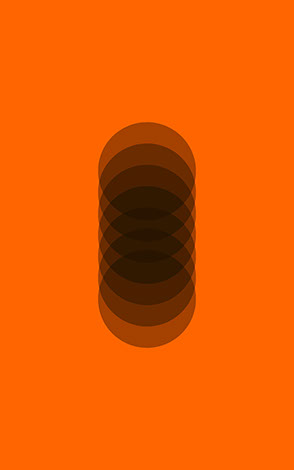
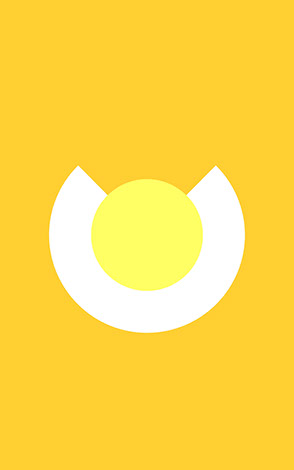
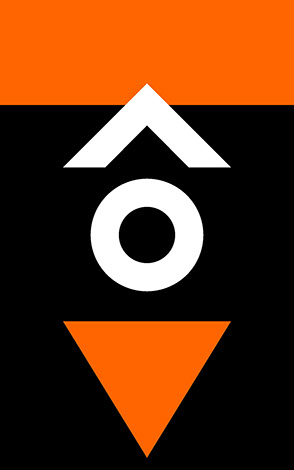
SOLO
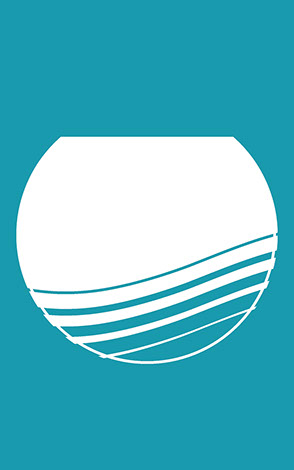
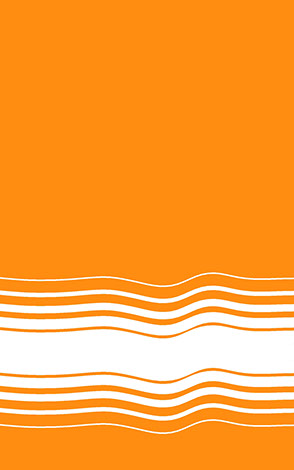
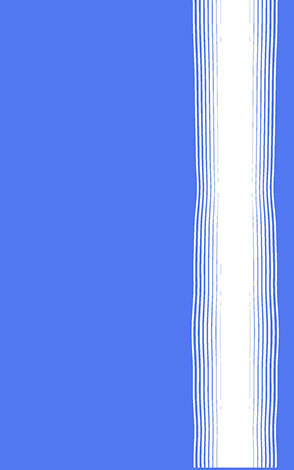
CHORD

FIND



